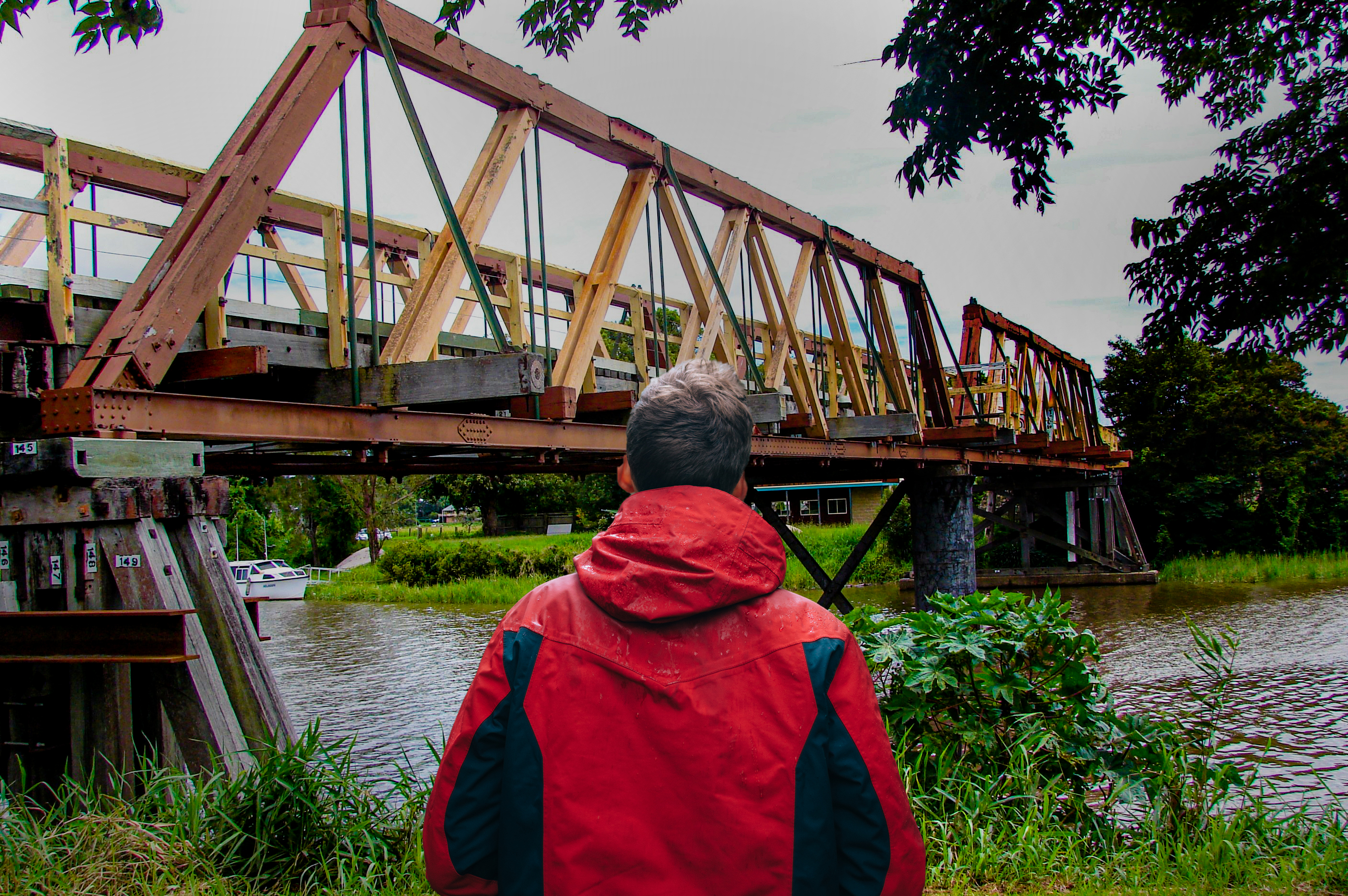Timber Truss Bridges

The timber truss bridges of NSW are managed by Transport for NSW on behalf of the people of NSW and the communities that rely on the bridges for transport connections.
These bridges have high individual and collective heritage value. Transport for NSW has reviewed and updated the list of bridges recognised within the Timber Truss Road Bridges – A Strategic Approach to Conservation (the Strategy).
These bridges are globally unique in their technological development and as a record of NSW’s non-Aboriginal settlement. They are also beautiful structures, interesting to learn about and visit.
Timber truss bridges were vital to the colonial road networks of NSW. Built of locally sourced timber, they were complex engineering structures fine-tuned through experience and material science. Each bridge has a unique history – explore it here.
Background
The NSW Government manages most of the state's remaining timber truss road bridges. These bridges have high individual and collective heritage significance because of impact they had on the state's economic and population development and the world leading bridge design they exhibited at the time of their construction.
In 2012 the NSW Government published the Timber Truss Road Bridges - A Strategic Approach to Conservation (the Strategy) following endorsement by the Heritage Council of NSW and public consultation. The Strategy recognises the important part timber truss road bridges played in shaping NSW and the need for this history to be preserved.
What is changing?
The NSW Government is committed to keeping timber truss bridges safe, strong and serviceable. The list of bridges recognised within the Strategy has been reviewed and updated based on experience gained over the past six years in implementing the Strategy.
Seven bridges which are not able to be upgraded to service the future road network and meet the needs of their communities will now be removed. Eight other bridges which are good examples of their type will be retained in their place.
The new list of bridges for retention (PDF, 735.4 KB) provides the best mix of bridges to achieve a balanced mix of the diversity of timber truss styles that function as part of the road network and the communities they service.
Additional bridges to be retained under Strategy
Bridge name | Truss type | Location | Council | State Heritage Listed? |
Abercrombie | Allan 70' & 90' | Abercrombie River, South of Bathurst, Goulburn Road | Bathurst Regional | No |
Beckers | De Burgh 91' | Webber's Creek at Dunn's Crossing, Mount Thorley - Gresford | Singleton | Yes |
Bulga | Dare 104' | Wollombi Brook, Putty Road | Singleton | Yes |
Cooreei | Dare 91' | Williams River at Dungog, Stroud Hill Road | Dungog | Yes |
Crankies | McDonald 75' | Coolumbooka River at Crankies Plains, Cathcart Road | Snowy Mountains Regional | Yes |
Gillies | de Burgh 70' | Wilderness Road over Black Creek near Rothbury | Cessnock | No |
Junction, Rouchel Brook | Dare 70' | Rouchel Road near Upper Rouchel (near Scone) | Upper Hunter | No |
Tooleybuc | Allan 70' | Murray River at Tooleybuc, Tooleybuc Road | Murray River, NSW & Swan Hill Rural City, Victoria | Yes |
Bridges to be removed from the listing in the Strategy and removed from service
Bridge name | Truss type | Location | Council | State Heritage Listed? |
Carrathool | Allan 70' | Murrumbidgee River, Carrathool – Carrathool Road | Carrathool & Murrumbidgee | Yes |
Cobram | de Burgh 104' | Murray River at Barooga, Berrigan – Cobram | Berrigan, NSW & Moira: Victoria | Yes |
Colemans | Dare 104' | Leycester Creek at Lismore, Union Street | Lismore | Yes |
Paytens | Allan 90' | Collets Crossing, Lachlan River nearForbes – Paytens Bridge Road | Forbes | No |
Rawsonville | Dare 91' | Minore, Macquarie River, Mitchell Hwy – Rawson | Dubbo | No |
Swan Hill | Allan 90' | Murray River at Swan Hill , Swan Hill Road | Murray River, NSW & Swan Hill Rural City, Victoria | Yes |
Warroo | Dare 70' | Lachlan River, Condobolin – Warroo | Forbes | No |
View the full list of Timber Truss Bridges here
The Timber Truss Bridge Book
Is now available as a digital release, edited by Lenore Coltheart and Amie Nicholas.
Further resources about Timber Truss Bridges
All but unique to New South Wales, timber truss bridges originated from settlement into rugged and remote areas, serving the need to carry large freight loads and high quality hardwood timber of massive dimensions.
For more than eighty years the designs of these bridges were continually refined to improve their performance, meet changing demands and tie communities together. Today, the remaining bridges record the ingenuity of their designers and builders and display the unique qualities of Australian hardwoods.
Transport for NSW (TfNSW) is pleased to release The Timber Truss Bridge Book, a definitive account of this group of heritage assets, with a focus on the timber truss bridges of NSW.
All of the authors are experts in their field and bring engineering, historical and heritage perspectives to an intriguing subject. It addresses a wide audience interested in NSW, local history, engineering and heritage. Written for the general reader with a minimum of necessary technical jargon, it is the definitive statement on these significant heritage places.
The bridges in the Strategy are being conserved for the future in accordance with conservation management plans currently being developed for each bridge. The Conservation Management Plan for the Victoria Bridge at Picton (PDF, 11.66 MB), has now been endorsed by the NSW Heritage Division.
